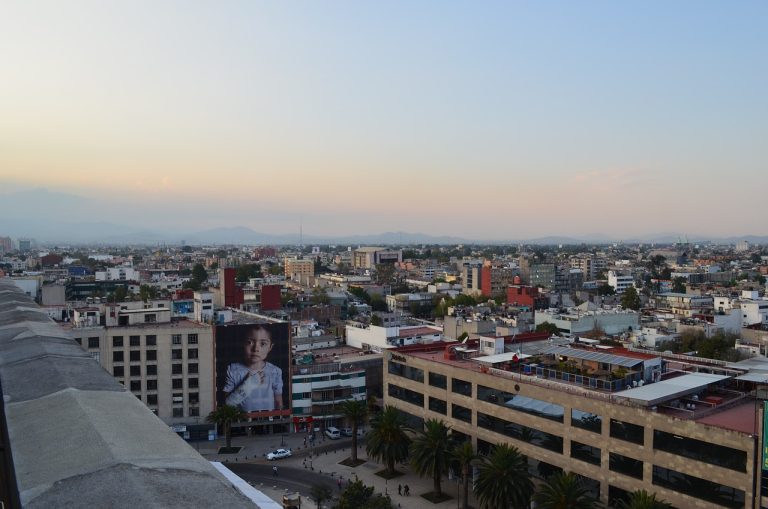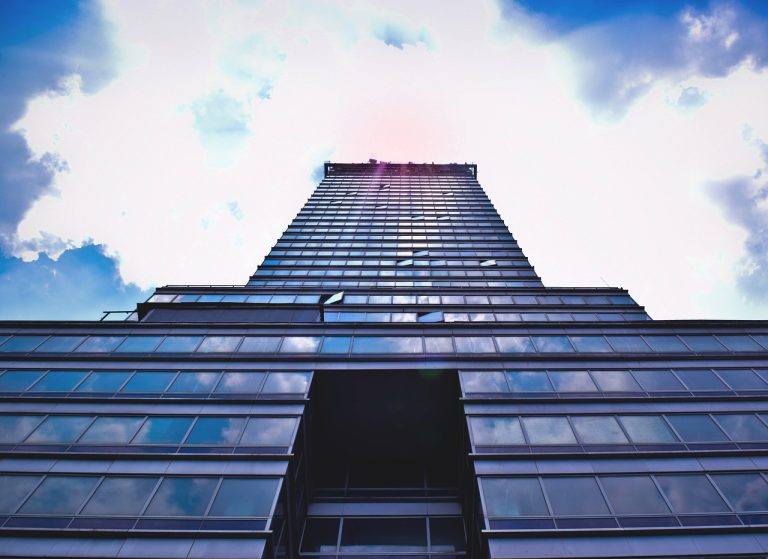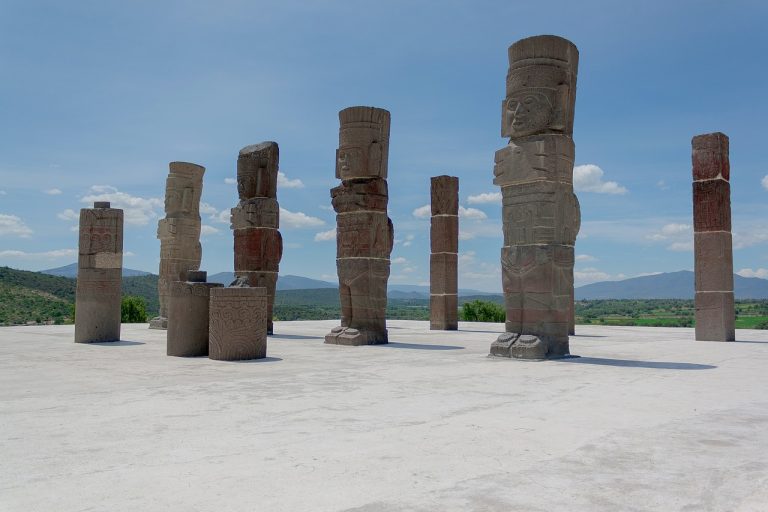Mexico City Mexico Video
Local Arts and Culture: Museums of Mexico City Mexico
Mexico City, the capital of Mexico, is a vibrant and culturally rich city that is home to numerous museums. These museums showcase the diverse history, art, and culture of Mexico, offering visitors a chance to explore and appreciate the country’s heritage. From ancient civilizations to contemporary art, Mexico City’s museums provide a comprehensive and immersive experience for art enthusiasts and history buffs alike.
National Museum of Anthropology
The National Museum of Anthropology (Museo Nacional de Antropología) is one of Mexico City’s most renowned museums. Located in Chapultepec Park, this museum houses an extensive collection of artifacts from Mexico’s pre-Columbian civilizations, including the Aztec, Maya, and Olmec cultures. The museum’s exhibits are organized thematically, allowing visitors to delve into the rich history and cultural traditions of these ancient civilizations. The collection includes intricate sculptures, intricate jewelry, and fascinating archaeological findings. The museum also features a stunning outdoor garden that showcases replicas of famous Mesoamerican structures.
- Teotihuacan: Explore the ancient city of Teotihuacan, known for its impressive pyramids and well-preserved murals.
- Aztec Empire: Learn about the rise and fall of the powerful Aztec Empire, its religious practices, and its contributions to art and architecture.
- Maya Civilization: Discover the intricate artwork, hieroglyphs, and achievements of the Maya civilization.
- Olmec Culture: Gain insights into the Olmec culture, known as the “mother culture” of Mesoamerica, through its colossal stone heads and other artifacts.
- Mesoamerican Ballgame: Learn about the ancient Mesoamerican ballgame, a significant cultural and sporting activity in pre-Columbian societies.
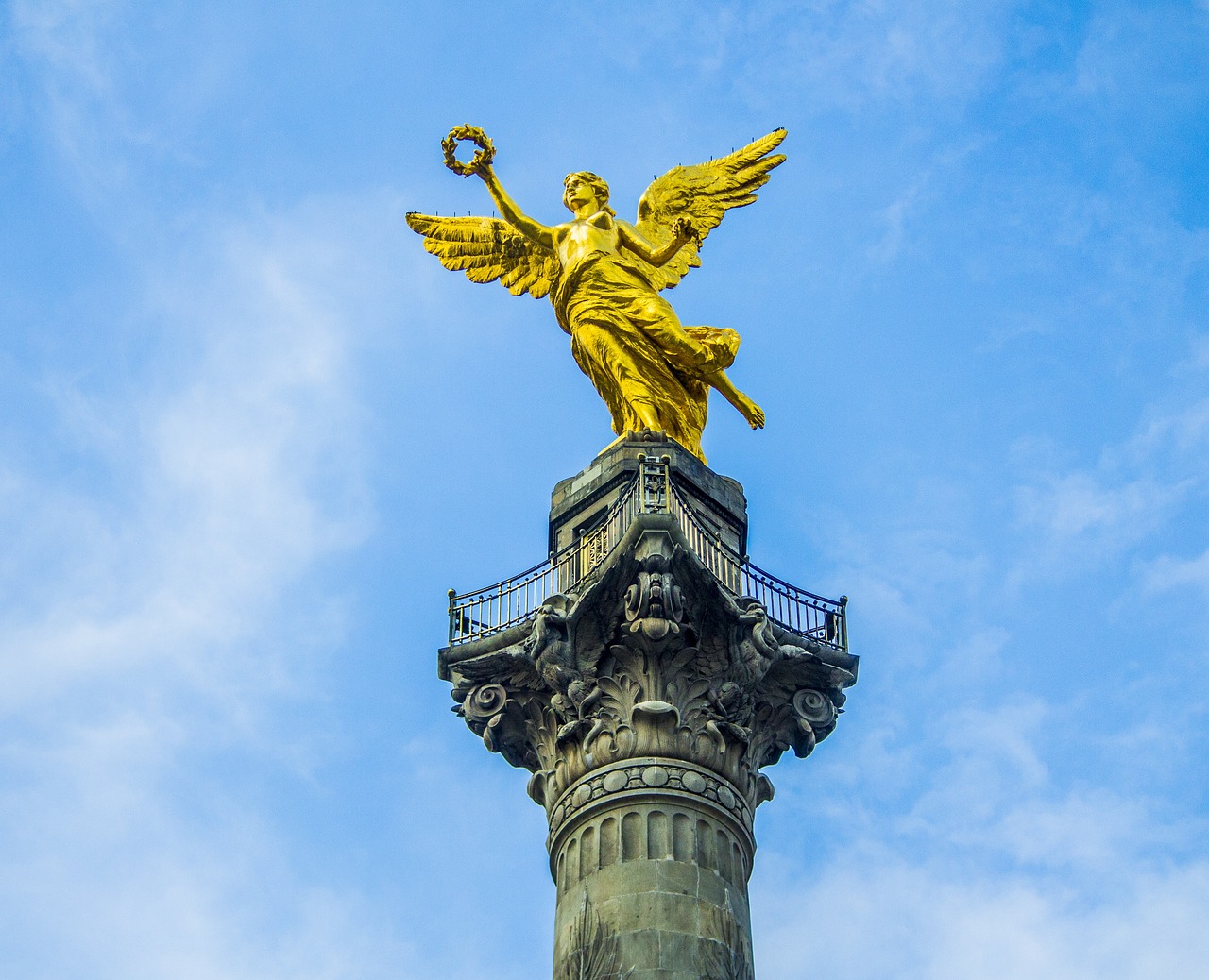
Frida Kahlo Museum
The Frida Kahlo Museum, also known as the Blue House (La Casa Azul), is a must-visit for art enthusiasts and fans of Frida Kahlo, one of Mexico’s most celebrated artists. This museum is located in Coyoacán, the neighborhood where Kahlo was born and lived. The Blue House was her childhood home and later became the residence she shared with her husband, Diego Rivera. The museum showcases Kahlo’s personal belongings, artwork, and photographs, offering a glimpse into her life and artistic journey. Visitors can explore the vibrant rooms filled with Kahlo’s iconic self-portraits, as well as temporary exhibitions that celebrate her legacy.
- Self-Portraits: Admire Frida Kahlo’s powerful and introspective self-portraits, which often depict her physical and emotional pain.
- Influence of Mexican Folk Art: Discover how Mexican folk art and indigenous culture influenced Kahlo’s artistic style and subject matter.
- Life and Relationships: Gain insights into Kahlo’s personal life, her relationship with Diego Rivera, and her role in the Mexican art scene.
- Frida’s Studio: Step into Frida Kahlo’s studio and see the tools and materials she used to create her iconic artworks.
- Legacy and Influence: Learn about the lasting impact of Frida Kahlo’s art and how she continues to inspire artists around the world.
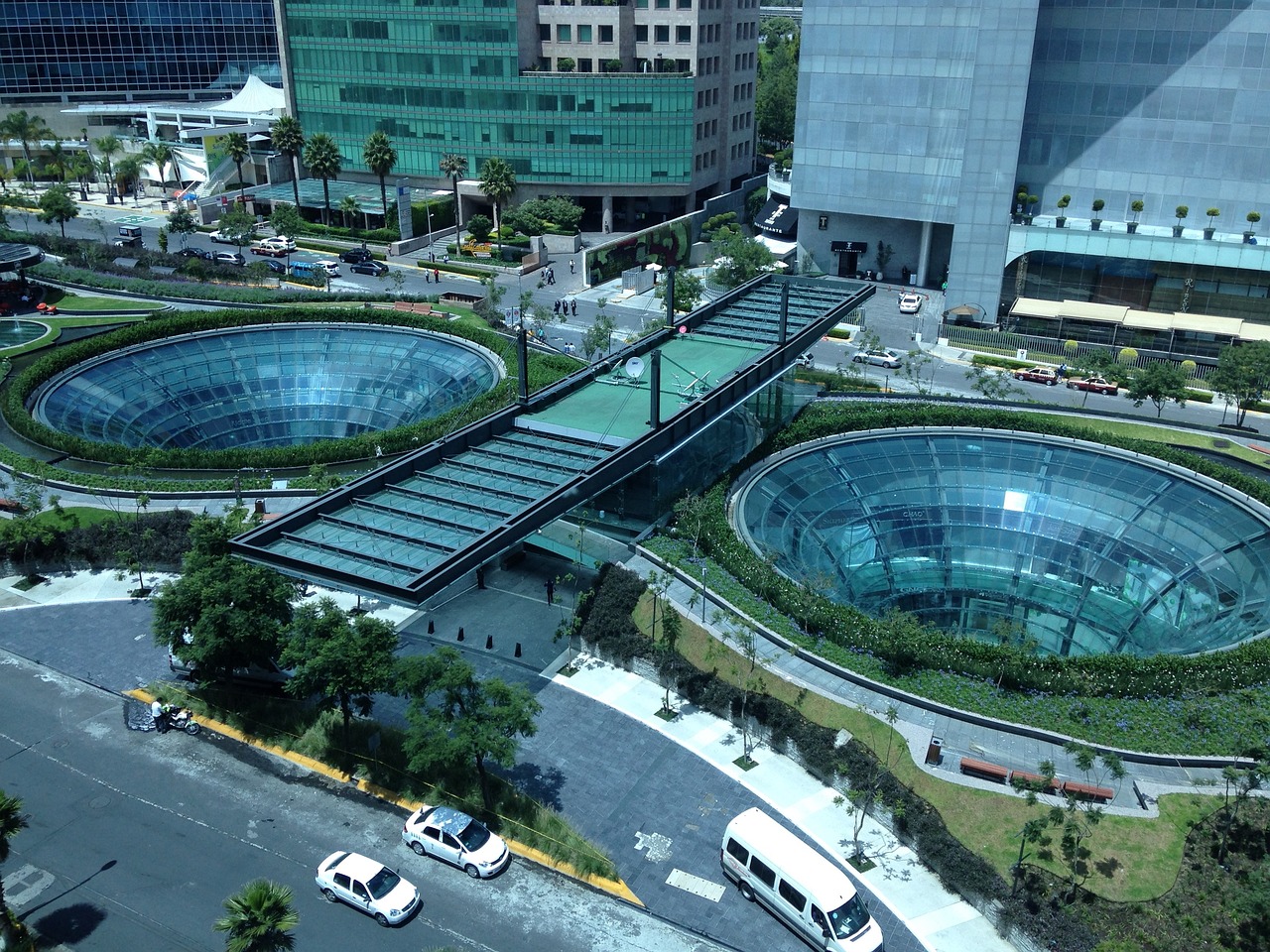
National Palace
The National Palace (Palacio Nacional) is a historic building located in the heart of Mexico City’s main square, the Zócalo. While the National Palace serves as the official residence of the President of Mexico, it also houses several important cultural and historical attractions. One of the highlights is the Diego Rivera Mural Museum, dedicated to the renowned Mexican muralist. The museum displays Rivera’s impressive murals that depict scenes from Mexican history and social struggles. Visitors can witness the grandeur of Rivera’s artwork and gain a deeper understanding of Mexico’s past and present.
- History and Architecture: Explore the grand halls and courtyards of the National Palace, which date back to the colonial period.
- Diego Rivera’s Murals: Admire the immense murals by Diego Rivera, which depict the history, culture, and struggles of the Mexican people.
- Symbolism and Social Commentary: Analyze the symbolism and social commentary embedded in Rivera’s murals, addressing topics such as revolution, inequality, and indigenous rights.
- Mexican Revolution: Learn about the Mexican Revolution and its impact on the country’s political and social landscape through Rivera’s murals.
- Presidential Residence: Discover the areas of the National Palace used for official presidential functions and ceremonies.
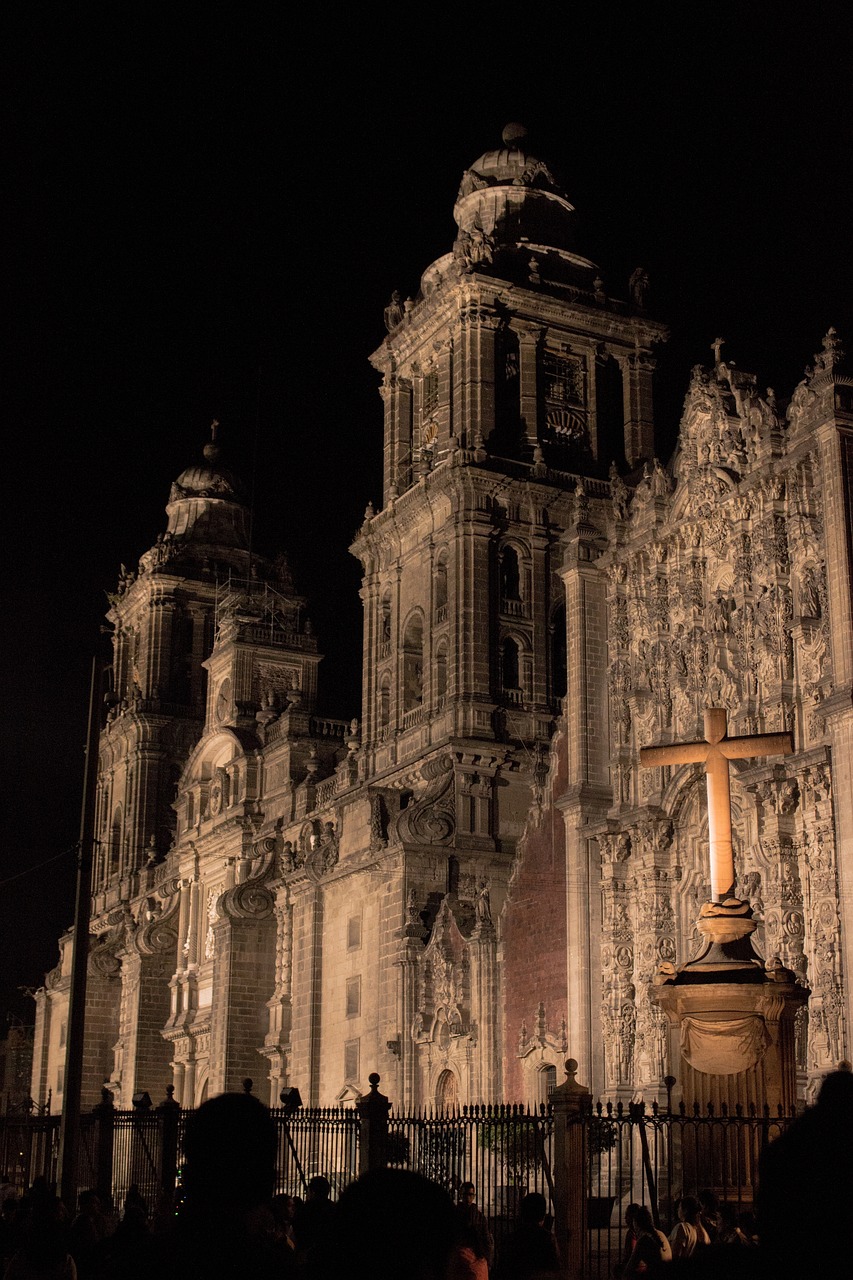
Museum of Modern Art
The Museum of Modern Art (Museo de Arte Moderno) is dedicated to showcasing modern and contemporary art from Mexico and around the world. Located in Chapultepec Park, the museum features a diverse collection of paintings, sculptures, installations, and multimedia art. The exhibits cover various artistic movements and explore different themes, providing visitors with a comprehensive overview of modern art. The Museum of Modern Art also hosts temporary exhibitions, educational programs, and events that contribute to the dynamic art scene of Mexico City.
- Mexican Modernism: Discover the works of influential Mexican modernist artists, such as Diego Rivera, Rufino Tamayo, and David Alfaro Siqueiros.
- International Contemporary Art: Explore the global perspective of contemporary art through exhibitions featuring renowned international artists.
- New Media Art: Experience the intersection of art and technology through installations and multimedia artworks.
- Artistic Movements: Learn about significant artistic movements, such as surrealism and abstract expressionism, and their impact on modern and contemporary art.
- Artistic Dialogues: Engage with the ongoing dialogues and debates within the art world through thought-provoking exhibitions and discussions.
Museum of Popular Art
The Museum of Popular Art (Museo de Arte Popular) celebrates the rich traditions and craftsmanship of Mexican folk art. Located near the Alameda Central, this museum showcases a vast collection of traditional and contemporary folk art from different regions of Mexico. The exhibits feature intricate textiles, colorful ceramics, vibrant masks, and other handmade crafts, highlighting the diverse cultural heritage of the country. Visitors can learn about the techniques, symbolism, and cultural significance behind the artworks, immersing themselves in the vibrant world of Mexican folk art.
- Regional Crafts: Explore the unique crafts and traditions from different states of Mexico, including Oaxaca, Chiapas, and Jalisco.
- Ancient Techniques: Discover the ancient techniques used in Mexican folk art, such as weaving, pottery, and papier-mâché.
- Symbolism and Mythology: Uncover the symbolism and mythological references found in Mexican folk art, representing the blending of indigenous and European influences.
- Day of the Dead: Learn about the cultural significance of the Day of the Dead (Día de los Muertos) through the elaborate altars and artworks dedicated to this tradition.
- Contemporary Folk Art: Witness the evolution of Mexican folk art and explore how contemporary artists reinterpret traditional techniques and themes.
Museum of Memory and Tolerance
The Museum of Memory and Tolerance (Museo Memoria y Tolerancia) is a unique institution that aims to promote human rights, tolerance, and social awareness. Through thought-provoking exhibits and interactive displays, the museum addresses issues such as discrimination, genocide, and human rights violations. Visitors can explore various historical events and learn about the importance of empathy, understanding, and respect for diversity. The Museum of Memory and Tolerance encourages visitors to reflect on past atrocities and take action to create a more inclusive and compassionate society.
- Holocaust Exhibition: Gain insights into the Holocaust and its impact on humanity through survivor testimonies, photographs, and artifacts.
- Genocide Awareness: Learn about other genocides and mass atrocities, such as the Rwandan Genocide and the Armenian Genocide, to raise awareness and prevent future atrocities.
- Human Rights: Explore the concept of human rights and understand the importance of defending and promoting these rights globally.
- Social Justice Movements: Discover the stories of individuals and communities who have fought for social justice and equality throughout history.
- Education and Empathy: Engage in interactive displays that encourage empathy, critical thinking, and dialogue about human rights issues.
Museum of the City of Mexico
The Museum of the City of Mexico (Museo de la Ciudad de México) is dedicated to preserving and showcasing the history, art, and architecture of Mexico City. Housed in a colonial-era palace, the museum offers a comprehensive overview of the city’s evolution from ancient times to the present day. The exhibits feature archaeological artifacts, colonial art, historical documents, and photographs that provide insights into the city’s past. Visitors can explore the different stages of Mexico City’s development and gain a deeper understanding of its cultural identity and urban transformation.
- Ancient History: Learn about the indigenous civilizations that inhabited the region before the arrival of the Spanish conquistadors.
- Colonial Era: Discover the architectural and artistic legacy of the colonial period, including religious art and Baroque architecture.
- Independence and Revolution: Explore the events and figures that shaped Mexico’s struggle for independence and the subsequent revolution.
- Urban Development: Witness the growth and transformation of Mexico City, from its ancient origins to the modern metropolis it is today.
- Contemporary Cityscape: Reflect on the challenges and opportunities faced by Mexico City in the context of urbanization and globalization.
Tamayo Museum
The Tamayo Museum (Museo Tamayo) is dedicated to contemporary art and is named after the renowned Mexican artist Rufino Tamayo. Located in Chapultepec Park, the museum showcases Tamayo’s artworks, as well as temporary exhibitions featuring contemporary artists from Mexico and around the world. The museum’s collection includes paintings, sculptures, installations, and multimedia artworks that reflect the diversity and innovation of contemporary art. The Tamayo Museum also hosts educational programs, workshops, and performances, contributing to the dynamic cultural scene of Mexico City.
- Rufino Tamayo’s Art: Explore the unique style and themes of Rufino Tamayo’s art, characterized by bold colors, abstract forms, and indigenous influences.
- Contemporary Mexican Art: Discover the works of emerging and established Mexican artists who are pushing the boundaries of artistic expression.
- International Contemporary Art: Engage with the global art scene through exhibitions featuring renowned international artists.
- Experimental Installations: Experience innovative and thought-provoking installations that challenge traditional notions of art and engage the senses.
- Artistic Dialogues: Attend lectures, discussions, and performances that foster dialogue and critical thinking about contemporary art and its role in society.
Conclusion
Mexico City’s museums offer a wealth of cultural and artistic experiences, allowing visitors to delve into the country’s rich history and vibrant art scene. From ancient civilizations to contemporary masterpieces, these museums provide a comprehensive overview of Mexico’s diverse cultural heritage. Whether you’re interested in archaeology, painting, sculpture, or social issues, there is a museum in Mexico City that will captivate your imagination and leave you with a deeper appreciation for the country’s arts and culture.
References
- National Museum of Anthropology: museoanthropology.com
- Frida Kahlo Museum: museofridakahlo.org.mx
- National Palace: palacionacionaldemexico.mx
- Museum of Modern Art: museoartemoderno.mx
- Museum of Popular Art: museoartepopular.com




